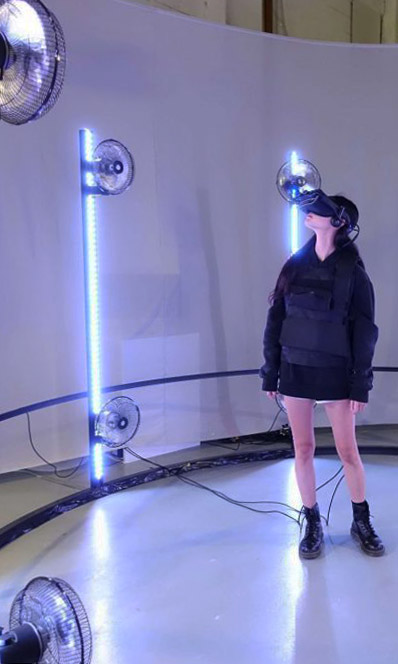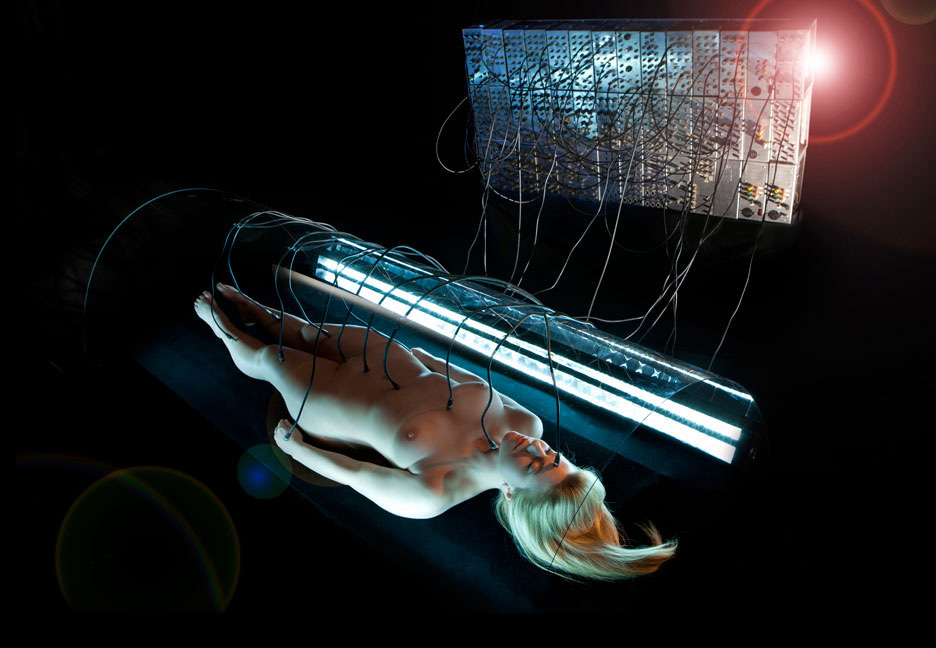Death and the Powers
Science fiction and poignant family drama combine in one of the most stunning, cutting-edge operas of the 21st century, with a libretto by former Poet Laureate Robert Pinsky, coming to the stage of the Winspear Opera House in a production directed by Diane Paulus, designed by Alex McDowell (Steven Spielberg’s Minority Report) and conducted by Nicole Paiement (TDO’s The Lighthouse).This visually spectacular robot pageant by MIT Media Lab’s Tod Machover tells the story of a terminally ill billionaire, sung by Robert Orth, who downloads his consciousness into “the System” and proceeds to use all his powers to persuade his loved ones to join him there. Without bodies, without the possibility of touch, sex, suffering, and death — are we still genuinely human?Explore these existential questions and much more in a piece Variety described as “playful, lyrical and…mesmerizing.” Also starring Joélle Harvey as Miranda, Patricia Risley as Evvy, and Hal Cazalet in his Dallas Opera debut as Nicholas.









